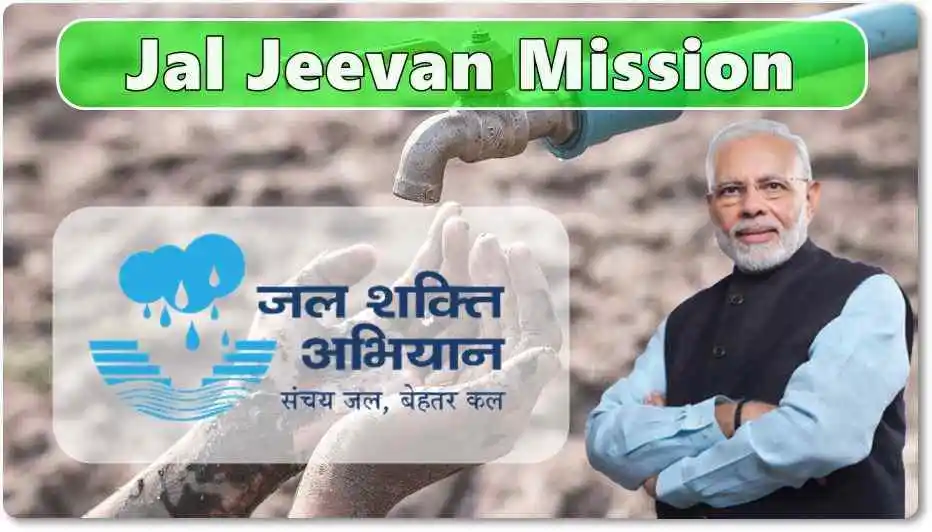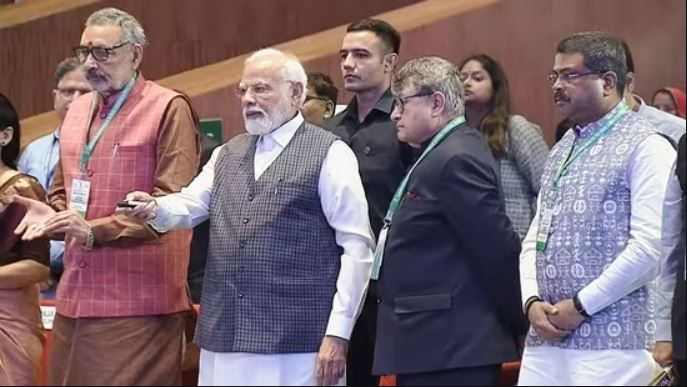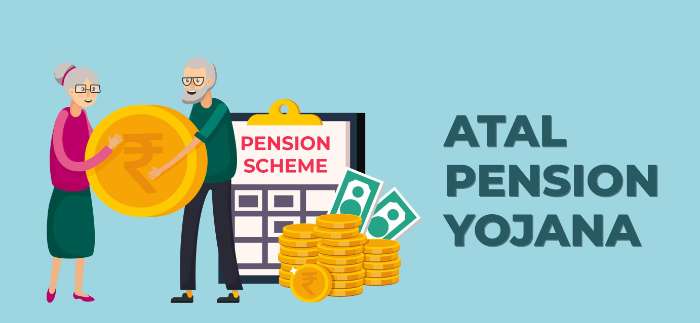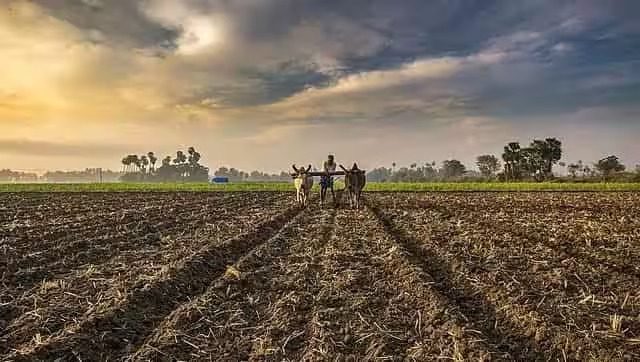Jal Jeevan Mission: It’s Goals, Features and Benefits

What is Jal Jeevan Mission ?
Jal Jeevan’s mission is to help, inspire, and enable:
- For the long-term security of potable drinking water for every rural family and public institution, such as GP buildings, Schools, Anganwadi Centres, Health Centres, Wellness Centres, etc., States/UTs in the creation of participatory rural water supply strategies.
- States/UTs for building water supply infrastructure such that, by 2024, every rural will have a functional tap connection (familyFHTC) and water will be delivered on a regular basis in sufficient quantities and at the required quality.
- States and UTs should prepare a drinking water security plan.
- GPs and rural communities are responsible for developing, implementing, running, owning, and maintaining their own village water supply systems.
- States and UTs should promote the utility strategy in order to create strong institutions that are focused on service delivery and the financial viability of the sector.
- Building stakeholder capacity and educating the public about the value of water in enhancing quality of life
- in providing and organising financial support to States and UTs for carrying out the mission.
Jal Jeevan Mission Overarching goals are:
- FHTC must be made available to each rural family.
- to provide Sansad Adarsh Gramme Yojana (SAGY) villages, villages in drought-prone and desert areas, and other locations priority in the distribution of FHTCs.
- To supply schools, Anganwadi centres, GP facilities, health centres, wellness centres, and community buildings with functioning tap connections.
- to keep an eye on the efficiency of tap connections.
- To encourage and secure voluntary ownership among the local community by contributions in kind, money, labour, and/or volunteer work
- To aid in assuring the sustainability of the water supply system, including the funding for routine O&M and the water source
- In order to meet the needs of construction, plumbing, electrical, water quality management, water treatment, catchment protection, O&M, etc., it is necessary to empower and develop the sector’s human resource.
- To raise awareness of the need of clean drinking water, its many facets, and the engagement of stakeholders in a way that makes water everyone’s business
Substances Under JJM
- Under JJM, the following elements are supported:
- Construction of village-level piped water infrastructure to connect every rural home to the public water supply
- To ensure the long-term sustainability of the water delivery system, dependable drinking water sources should be developed or existing sources should be increased.
- Every rural family may be served by bulk water transfers, treatment facilities, and distribution networks as needed.
- technological solutions where poor water quality exists to remove pollutants
- Greywater management; retrofitting of finished and current projects to supply FHTCs at a minimum service level of 55 lpcd
- IEC, HRD, training, utility development, water quality laboratories, water quality testing & surveillance, R&D, information centre, community capacity building, etc. are examples of support activities.
Key highlights of Jal Jeevan Mission
- Jal Jeevan Mission (JJM) has reached a new milestone by supplying 10 Crore rural families with safe and clean drinking water through taps on August 19, 2022, as the nation observes Azadi ka Amrit Mahotsav to commemorate 75 years of India’s Independence.
- Every rural home in Goa, Telangana, Gujarat, Haryana, Puducherry, D&D and D&NH, and the A&N Islands has access to tap water.
- 1,61,704 villages and 125 districts throughout the nation have reported as “Har Ghar Jal” as of today.
- In July 2022, the Madhya Pradesh district of Burhanpur is recognised as India’s first “Har Ghar Jal” district.
- In August 2022, Goa becomes the country’s first “Har Ghar Jal”-certified state, and Dadra & Nagar Haveli and Daman & Diu become the country’s first “Har Ghar Jal”-certified union territories.
- All 85,156 rural families in Dadra & Nagar Haveli and Daman & Diu, as well as the 2.63 lakh rural households in Goa, have access to potable water via a tap connection.
- In September 2022, the Andaman and Nicobar Islands become India’s first “Swachh Sujal Pradesh.”
- In the country as a whole, potable tap water has been made available to 8.73 lakh (84.83%) schools and 9.02 lakh (80.79%) Anganwadi Centres for drinking, cooking, and hand washing.
- 18 lakh Village Water & Sanitation Committee/Paani Samitis have been established to date, and 5.09 lakh Village Action Plans (VAPs) have been created for sustainable management of drinking water supply.
- Field Test Kits (FTKs) have been used to instruct 16.22 million women on how to test the water quality in 1.95 million communities so far.
- On the occasion of “Swachh Bharat Divas” on October 2, 2022, Union Minister of Jal Shakti Shri Gajendra Singh Shekhawat gave the President of India the first copies of Swachh Survekshan 2022 and JJM Functionality Assessment 2022.
- Launch of Jal Jeevan Survekshan (JJS) Toolkit & Dashboard 2023 by Vice President Shri Jagdeep Dhankhar
- Jal Jeevan Mission works to improve the socioeconomic status, health, and independence of mothers and sisters from the ages-old chore of collecting water for the home.








